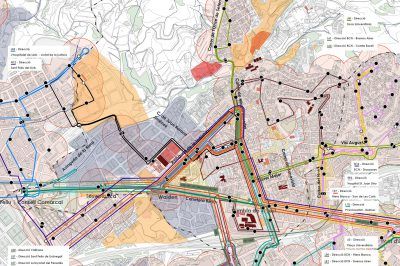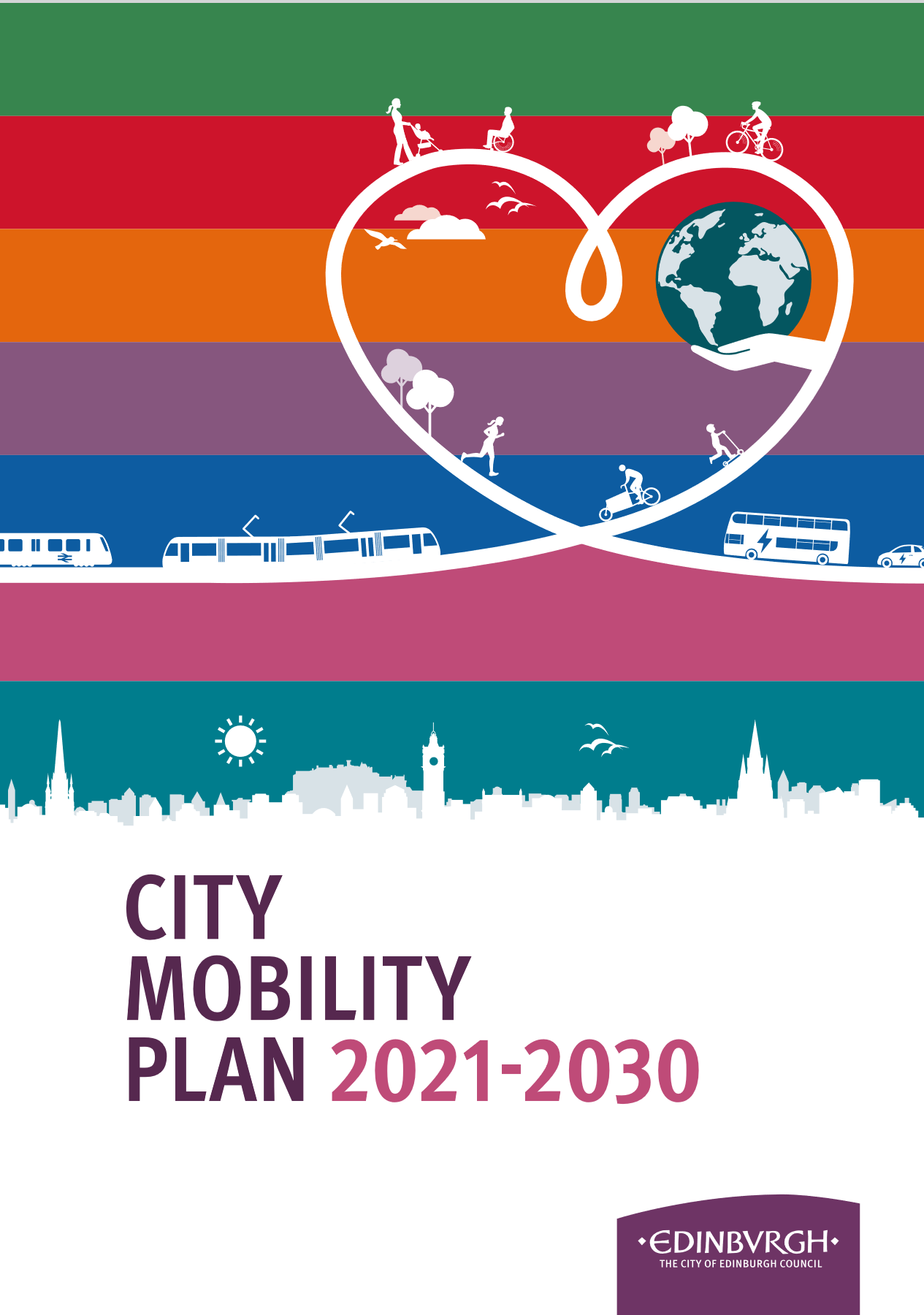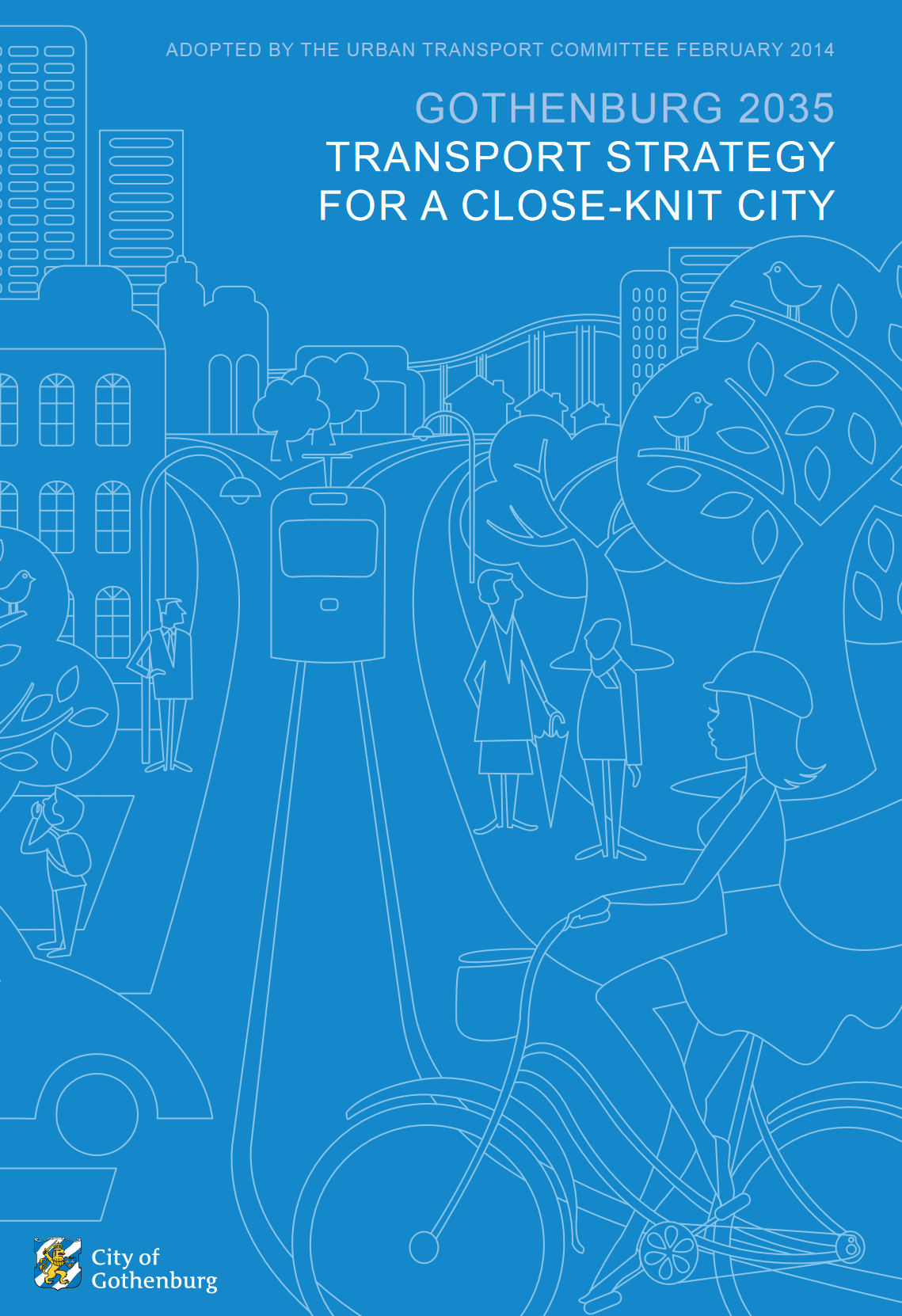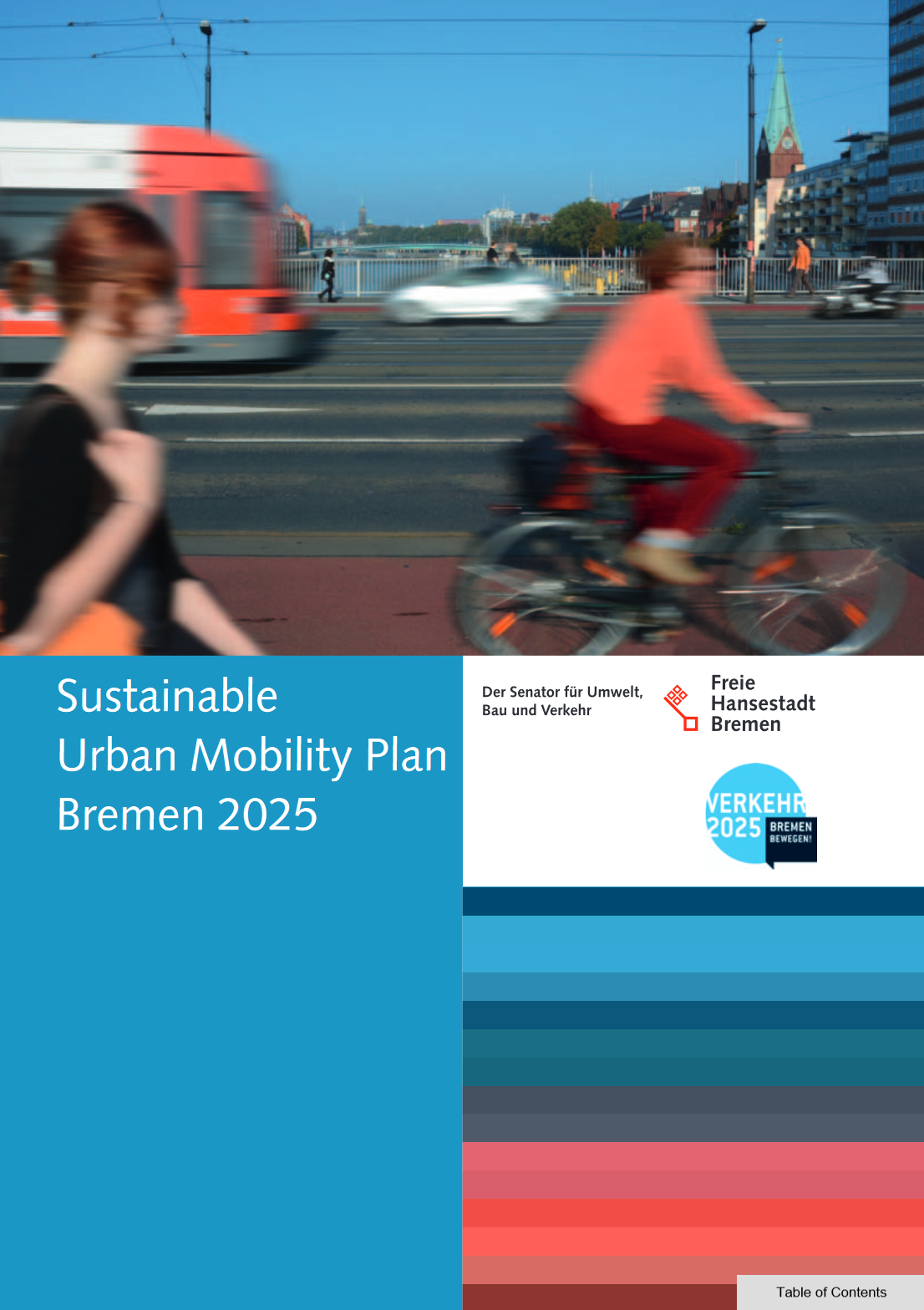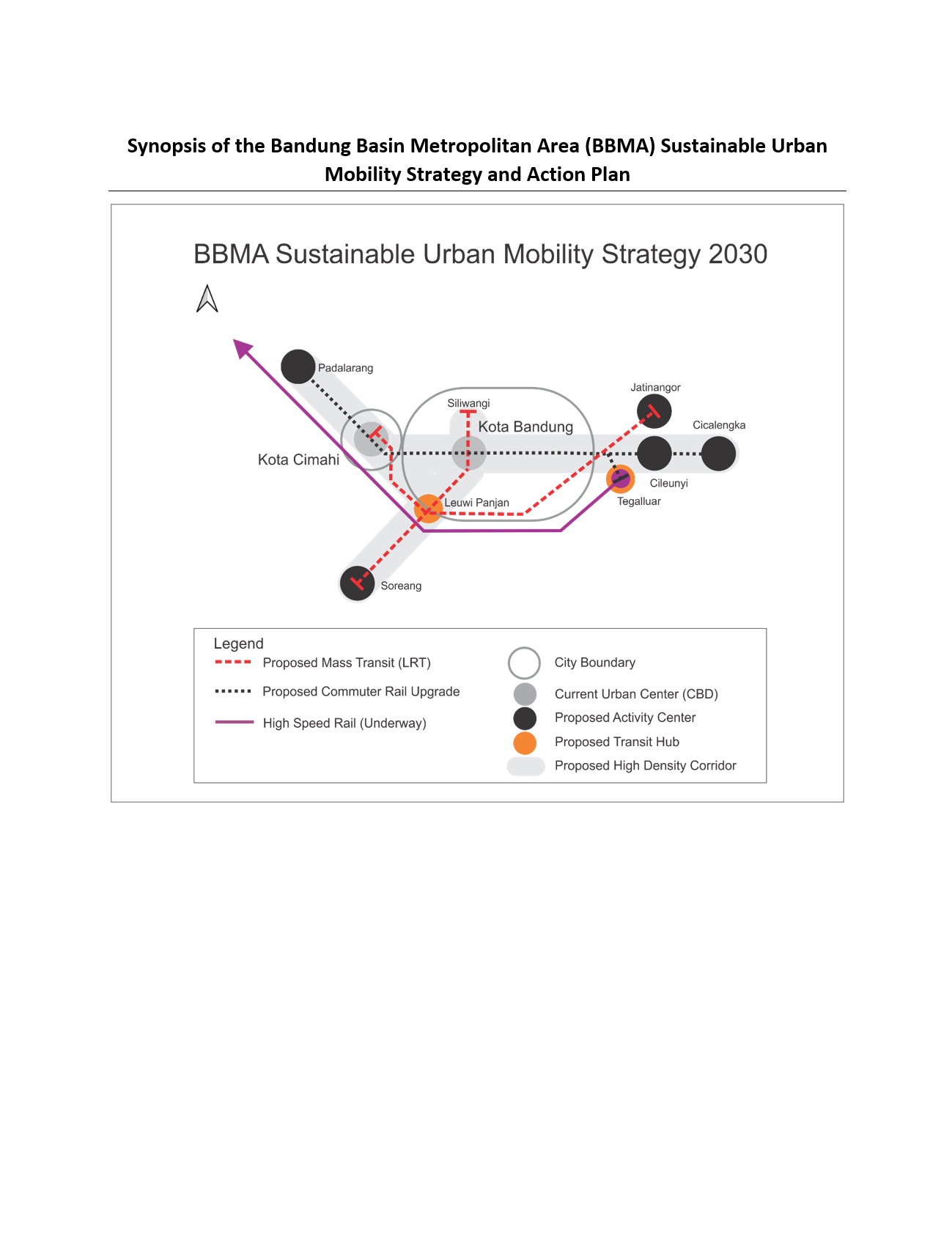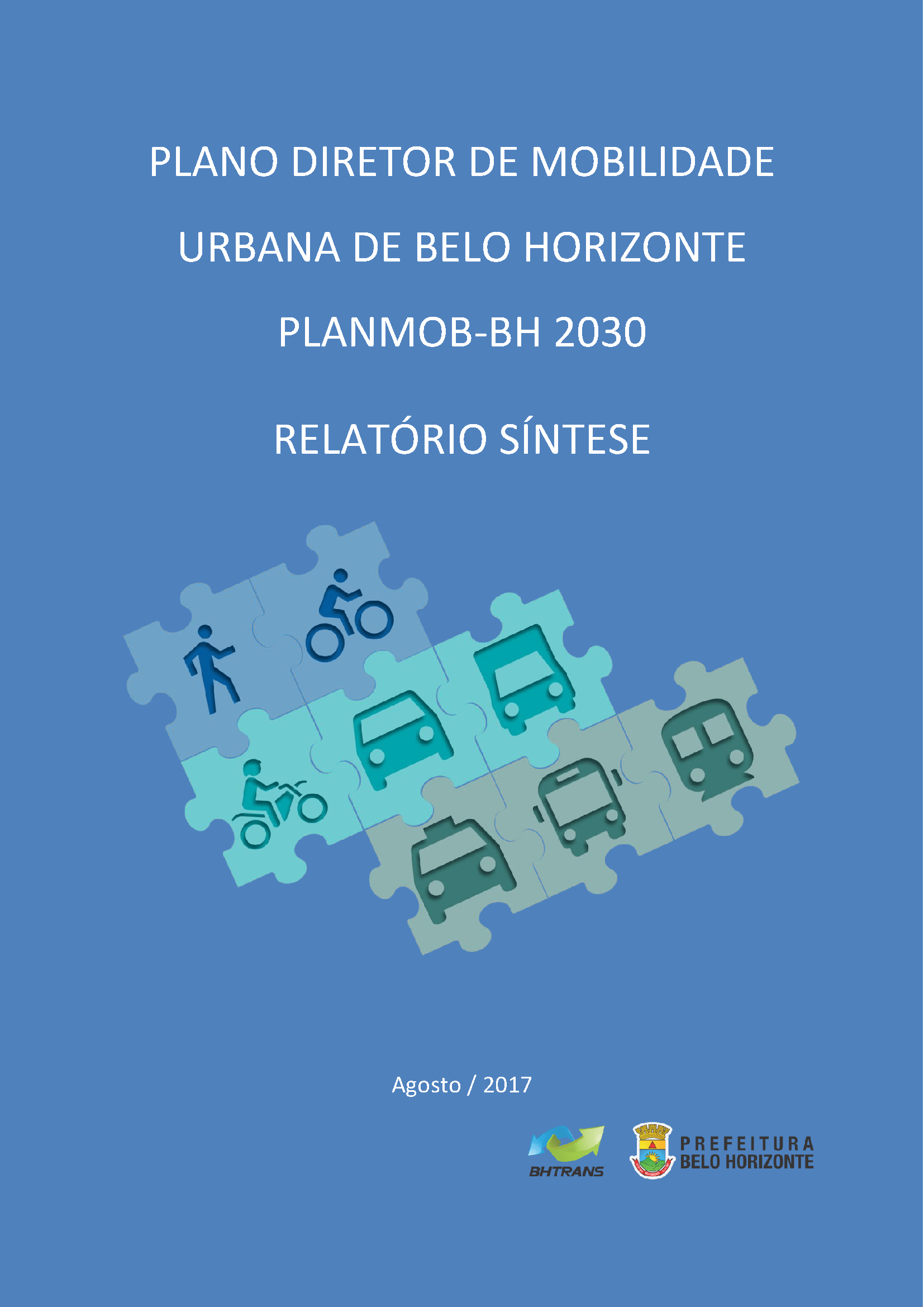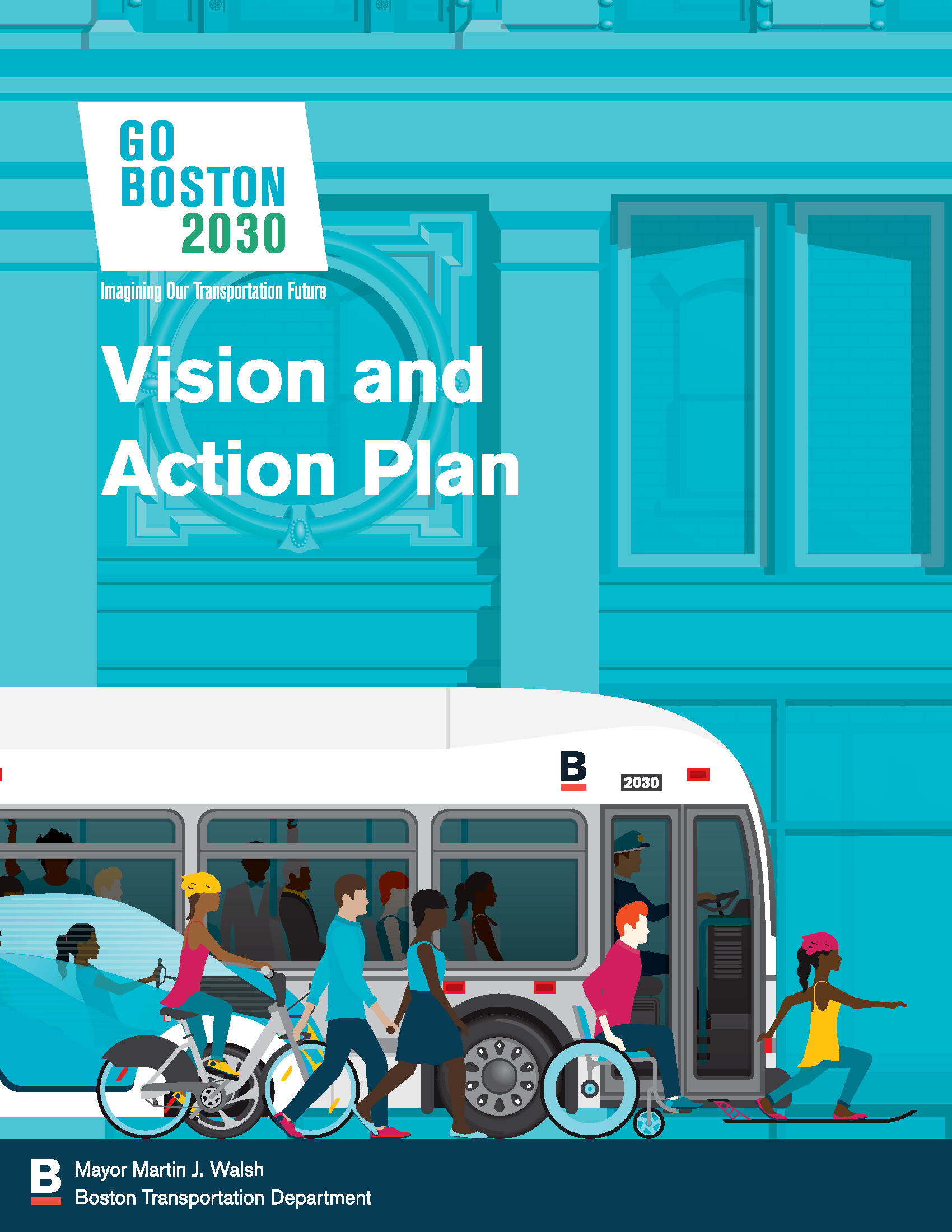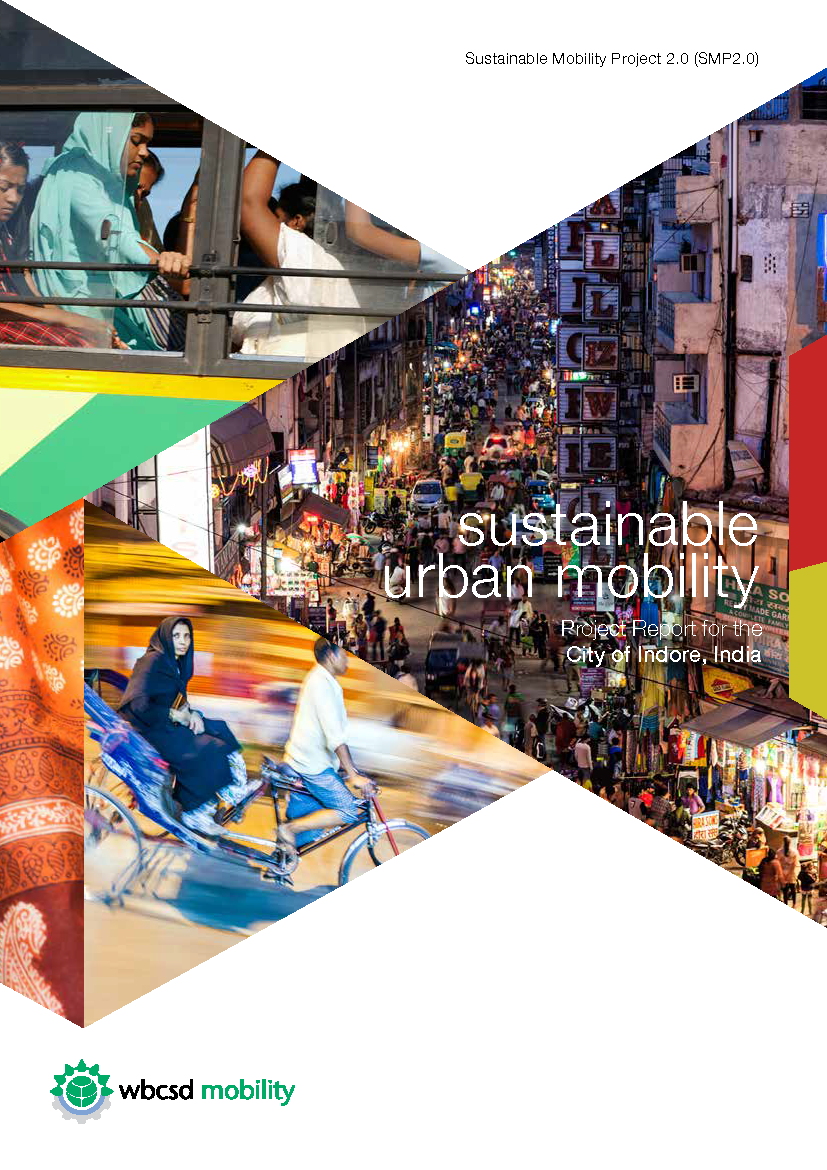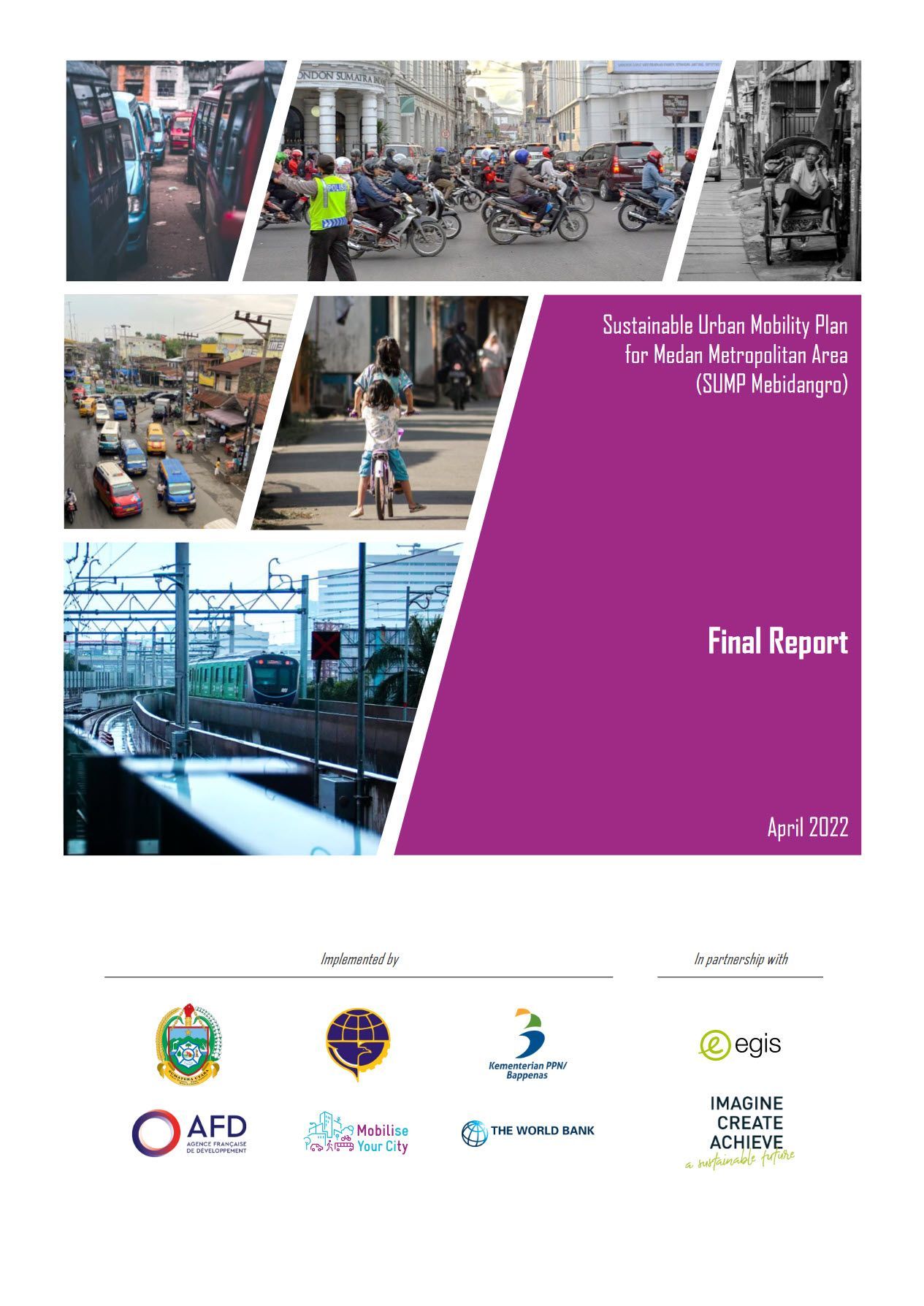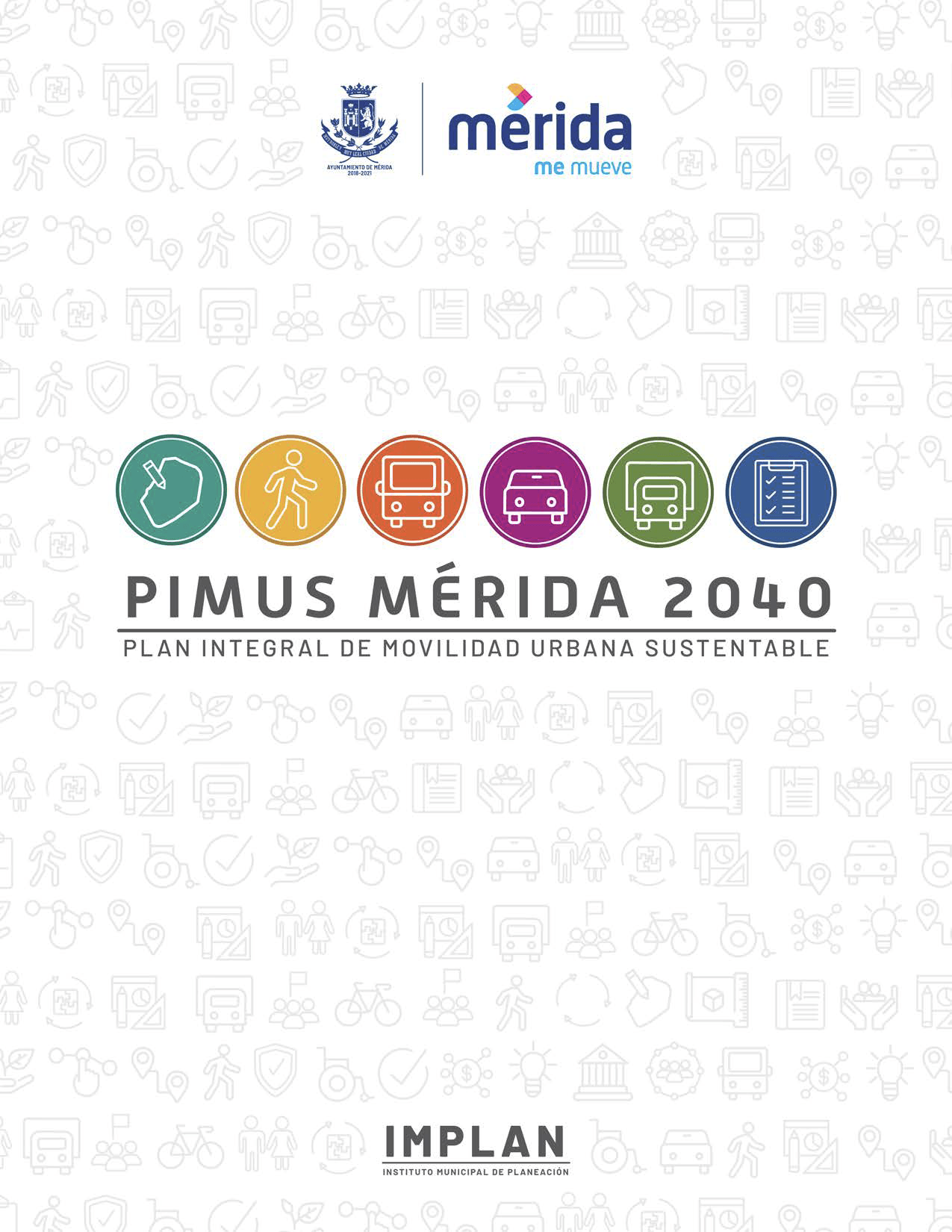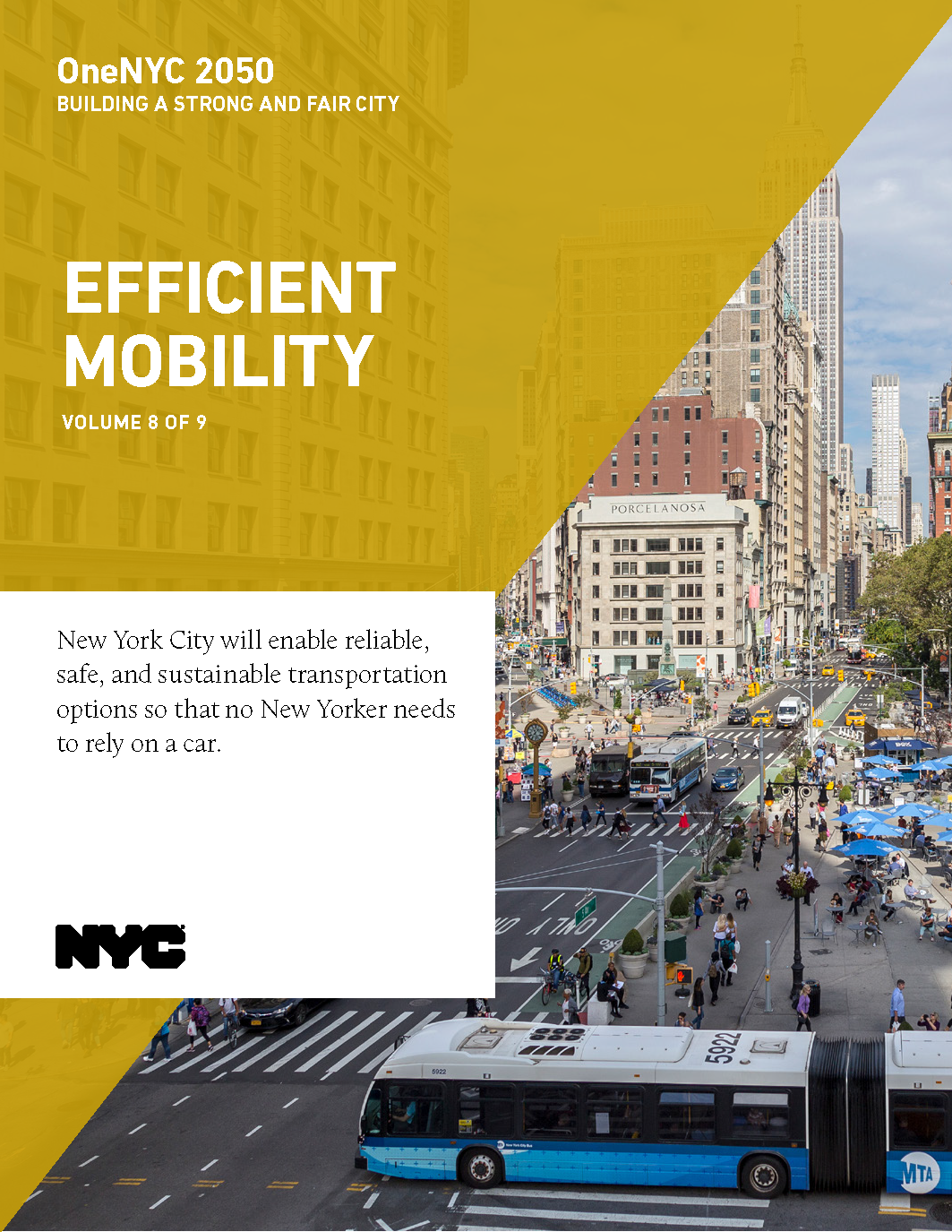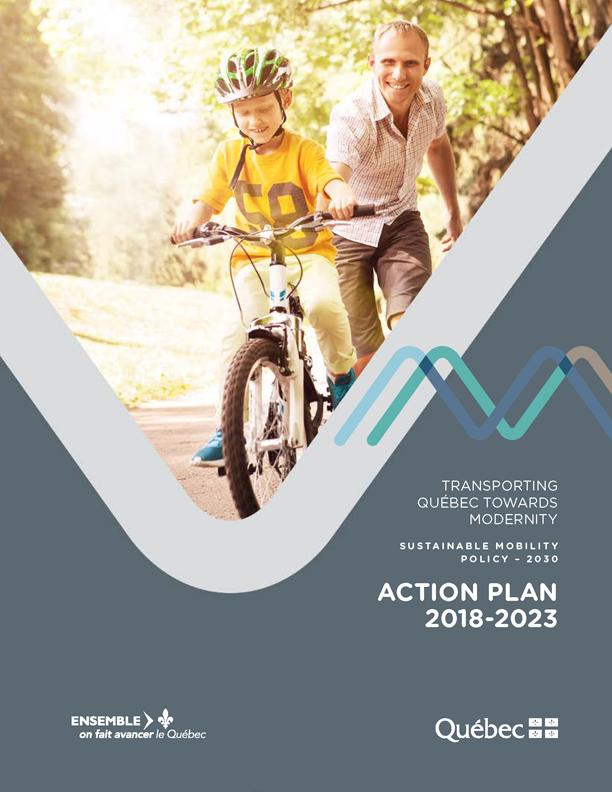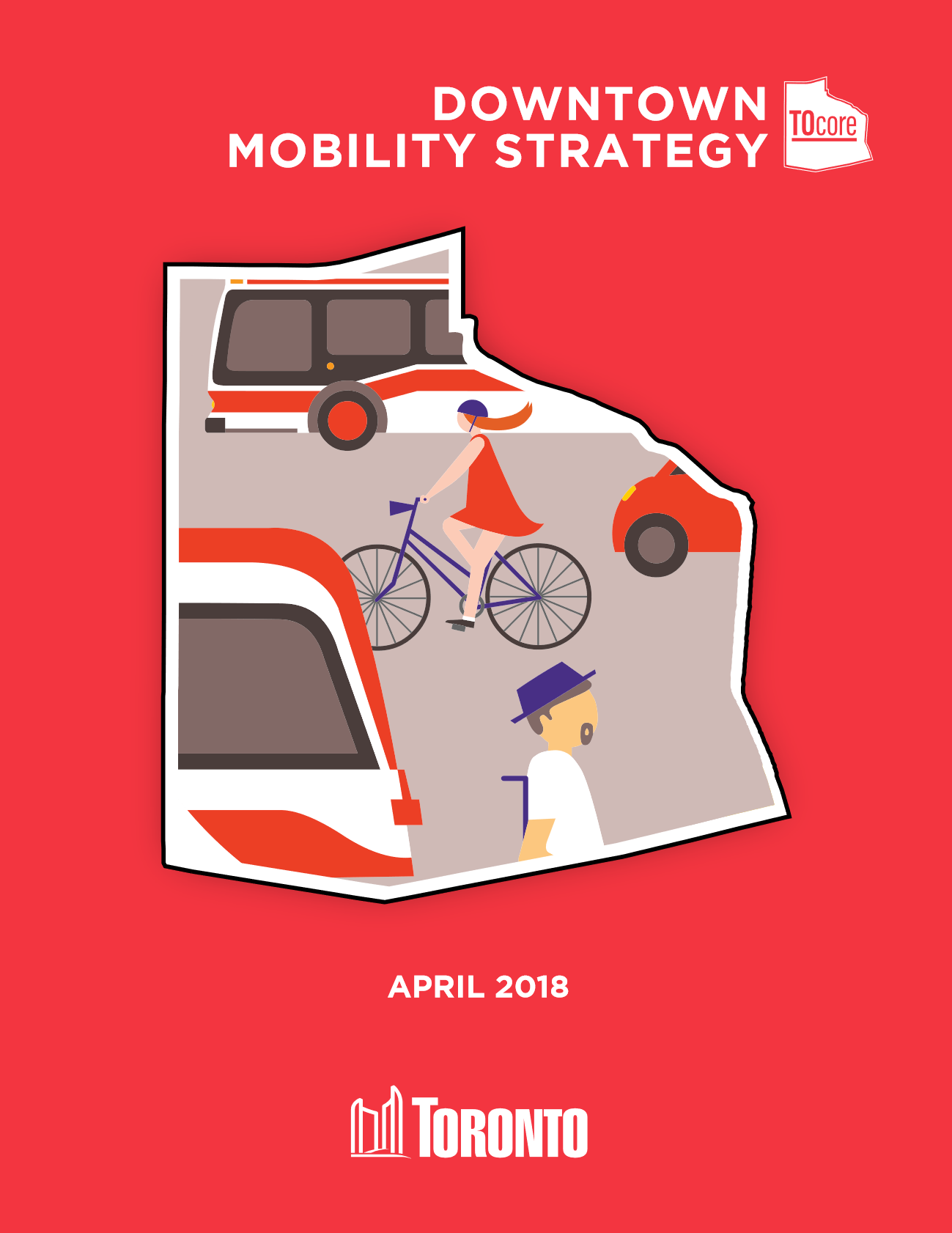There are an estimated 915 Urban Mobility Plans that have been developed and published online. A selection of these Plans has been made to present the diversity of approaches and measures that have been developed to improve urban mobility. The examples of best practice that have been developed for European cities (as part of developing the EU SUMP Guidelines) are presented below along with examples selected by Urban Mobility Portal experts from cities elsewhere. The selected examples have been grouped by location within Europe and outside Europe.
n
Examples of cities in Europe with Urban Mobility Plans
The EU SUMP Guidelines Annex contains a list of 63 Good Practice Examples of Sustainable Urban Mobility Plans (SUMPs) that have been prepared in European cities and describes their experience with one (or more) of the 32 activities that make up the 12 steps of the EU SUMP planning cycle. From this list, 36 of these cities in 18 countries have been selected to present the diversity of approaches and measures that have been developed by cities to address urban mobility issues within Europe.
- All been developed through extensive consultation with citizens and stakeholders.
- Sixteen plans have been prepared for relatively small cities with populations ranging from 17,000 (Monzón) to 450,000 (Ghent).
- Seven plans have been prepared for medium sized cities with populations ranging from 510,000 (Antwerp) to 800,000 (Krakow).
- Eleven plans have been prepared for larger cities with populations ranging from 1 million (Lille and Nantes) to 8.9 million (London).
- Although most plans were prepared by city administrations, several (15) were developed with the assistance of consultants.
- Most plans cover city administrative boundaries including the Functional Urban Areas outside these boundaries and fifteen cover established metropolitan areas.
- All are termed "Urban Mobility Plans" except for Gothenburg, London and Manchester which are called a "Transportation Plans" despite adopting urban mobility approaches and measures.
- Many (17) have been published in English.
The table below provides an overview of the Plans with links (highlighted in blue) to actual the planning documents (the links to the 17 cities in
Capital Letters have plans that
are in English).
Selected cities within Europe with Urban Mobility Plans: Details and Links
A further selection of these cities has been made to provide good practice examples of specific attributes of the Urban Mobility Planning process. Clicking on the image of the cover of each plan or the highlighted name of each plan will link to the planning document which can be downloaded.
Accessibility, Social Inclusion, Gender Equality and People with Disabilities
Edinburgh | UK | 2021 | 0.5 million inhabitants
The Edinburgh City Mobility Plan sets out Edinburgh’s route to achieving sustainable and effective mobility across the city and into the region up to 2030. It contains a series of objectives and policy measures under the themes of People, Movement and Place which will, collectively, achieve the Vision for this Plan. It is the result of over three years of consultation and discussion. People are at the heart of this Plan and that is the reason for selecting it. It addresses the accessibility needs of isolated communities, poverty and the under privileged, women, young people, people with disabilities and the elderly. It has a very interesting map showing concentrations of deprived people with low levels of access to public transport. It proposes the development of 20 minute neighbourhoods in part to address these issues.
Consultation
Brussels | Belgium | 2020 | 1.1 million inhabitants
Good Move Regional Mobility Plan 2020-2030 Brussels Capital Region has been published in English. It is a direct response to the citizens’ demands. This plan describes, in an action plan, the various stakeholders in its implementation, whose support has been ensured thanks to their active participation in the process of co-construction of the draft plan. By awarding the SUMP (Sustainable Urban Mobility Plan) 2020 prize under the to the Good Move plan, the European Commission welcomes the ambition of the Brussels-Capital Region in terms of mobility through its willingness to improve the quality of life of its residents and its visitors. The regional mobility policy aims to improve the quality of life in the neighbourhoods of Brussels with the goal of influencing the travel habits of residents by creating a "closer city" where walking and cycling are encouraged.
Cycling
Lahti | Finland | 2020 | 0.1 million inhabitants
Lahti Master Plan 2030
and Sustainable Urban Mobility Plan (SUMP) has been published in English. It is an action plan based on the European Commission’s guidelines and implementing the City of Lahti's strategy for urban mobility. The objective is to contribute to the achievement of Lahti’s 2025 carbon neutrality target in terms of mobility. The reason for selecting this plan is the very extensive attention that has been given to cycling and walking. It includes measures to update the cycling network, provide rapid first aid measures for cyclists on the main routes, define guidance principles for road markings, traffic control equipment, and signage for cycling, establish clear winter maintenance practices and update the maintenance categories to promote winter cycling, provide hubs where cyclists can get help with bicycle maintenance or independently maintain their bicycles.
Freight and Logistics
Gothenburg | Sweden | 2014 | 0.5 million inhabitants
The Gothenburg Transport Strategy has been published in English. It focuses on travel, urban space and transport of goods which are highly significant if Gothenburg is to achieve the objectives that have been laid down and generate quality of life, competitiveness and sustainable development. The reason for selecting this plan is the attention that has been given to the transport of goods and consolidating Gothenburg’s position as the logistics centre of Scandinavia. This involves ensuring good accessibility for goods transport in Gothenburg while at the same time reducing negative local environmental effects. It also involves collaborating regionally in the establishment of logistics centres and transport-intensive freight operations,
Influencing Spatial Development
Greater London | UK | 2018 | 8.9 million inhabitants
The Mayor's Transport Strategy for Greater London is designed to change the transport mix across London, providing viable and attractive alternatives that will allow Londoners to reduce their dependence on cars. London must become a city where walking, cycling and green public transport become the most appealing and practical choices for many more journeys. The reason for selecting this plan is the very extensive attention that has been given to influencing spatial development by using public transport services to create high-density, mixed-use places where people can walk and cycle to local amenities and use public transport options for longer trips. In addition, the Strategy proposes the development of Growth Corridors and
and "Opportunity Areas" (designated as areas with development potential) related to the development and improvement of transport infrastructure and services throughout Great London.
Urban Mobility Scenarios
Bremen | Germany | 2014 | 0.6 million inhabitants
The Sustainable Urban Mobility Plan Bremen 2025 has been published in English and it received the European SUMP Award. It is designed to ensure well-functioning and environmentally-friendly mobility in Bremen. It aims to increase social inclusion, improve safety, optimise accessibility, provide more and better services for environmentally-friendly modes of transport, improve connectivity between transport systems including walking, cycling and public transport and improve health and the environment. The reason for selecting this Urban Mobility plan is the very extensive attention that has been given to developing five alternative urban mobility improvement scenarios. These were thoroughly evaluated against 16 target indicators to assess the extent to which they achieved the goals. The results show which measures should be included in the target scenario which became the basis for preparing the SUMP.
Vision, Goals and Measures
Brno | Czech Republic | 2018 | 0.3 million inhabitants
The Brno Urban Mobility Plan has been published in English. It is a strategic document which is designed to create conditions for satisfying the mobility needs of people and businesses in the city of Brno and its surroundings and contribute to an improvement in the quality of life. It is the result of extensive consultation over a period of four years. The reason for selecting this Urban Mobility plan is the very extensive attention that has been given to developing a vision comprising four areas of change, coupled with very clear strategic and specific goals and measures to achieve the vision along with indicators and methods to assess the extent to which the measures meet agreed targets.
n
Examples of cities outside Europe with Urban Mobility Plans
Eighteen Sustainable Urban Mobility Plans have been selected to present the diversity of approaches and measures that have been developed by cities globally to address urban mobility issues outside Europe.
- They have been selected from Australia, Brazil, Canada, China, India, Indonesia, Mexico, Singapore, Turkey and the USA.
- All but one (Ahmedabad) have been developed through extensive consultation with citizens and stakeholders.
- Six plans have been prepared for relatively small cities with populations ranging from 25,000 (Newport) to 900,000 (Mérida).
- Eleven plans have been prepared for larger cities with populations ranging from 2.7 million (Belo Horizonte and Makassar) to 15.8 million (Istanbul).
- Nine plans have been developed with the assistance of consultants and eight plans have benefitted from external assistance funded by bilateral or multilateral agencies.
- Six plans have been developed based on the EU approach to preparing Sustainable Urban Mobility Plans that has been adapted to the local context.
- Most plans cover city administrative boundaries but seven (Ahmedabad, Bandung, Guadalajara, Istanbul, Makassar, Medan and Singapore) cover metropolitan areas, one (Québec) covers a Province and one (Toronto) covers a Central Business District.
- All are termed "Urban Mobility Plans" except for Melbourne, Newport and Singapore which are called a "Transportation Plans" despite adopting urban mobility approaches and measures.
- Most are in English except for Belo Horizonte (Portuguese), Guadalajara and Mérida (Spanish).
The table below provides an overview of the Plans with links (highlighted in blue) to actual the planning documents (the links to the 14 cities in
Capital Letters have plans that are in English).
Examples of Cities outside Europe with Urban Mobility Plans: Overview
Selected cities outside Europe with Urban Mobility Plans: Details and Links
Clicking on the image of the cover of each plan or the highlighted name of each plan will link to the planning document which can be downloaded.
Ahmedabad | India | 2016 | 8.1 million inhabitants
The Integrated Mobility Plan for Greater Ahmedabad Region involves two simultaneous mutually supportive processes: Organizing the physical form and land use pattern of a city; and organizing all systems of transportation from pedestrian pathways to mass transit systems. Unfortunately, lake most mobility plans in India, there is no evidence of consultation with citizens before, during or even after the planning process. The reason for selecting this plan is its metropolitan coverage, its attempt to integrate spatial development and urban mobility and its attention to local level community urban mobility plans.
Alexandria, Virginia | USA | 2021 | 155,000 inhabitants
The Alexandria Mobility Plan emphasizes the importance of moving people and goods throughout the City. It lays out the policies and strategies that will guide decisions for the next 10 years in pursuit of enhanced quality of life, sustainability, and equity, centered around the concept of choice. The planning process began in mid-2019 and occurred over four main phases. All documents are available here.
- Phase I: Community visioning process to identify desired outcomes and help shape guiding principles.
- Phase II: Public outreach and engagement to get input on what Alexandrians value and want to prioritize.
- Phase III: Targeted outreach and engagement to develop community-generated ideas for solutions that could achieve the goals of the Plan. Ideas were further refined through community feedback to become policies and strategies.
- Phase IV: Community review of the draft plan before finalization and formal adoption.
Bandung | Indonesia | 2020 | 9.0 million inhabitants
The Bandung Basin Metropolitan Area Urban Mobility Strategy and Action Plan was designed to provide a comprehensive framework for improving mobility throughout the metropolitan area. It also provided the basis for developing the
Urban Mobility Guidelines for Indonesia. Developing the Strategy involved comparing strategic spatial development and urban mobility options (with and without mass transit) for the target year 2030. The resultant Strategy comprised three priority routes and associated spatial development proposals (transit oriented development in five activity centers and two transit hubs) and the development of three high-density corridors). The introduction of Corridor Development Strategies is innovative in Indonesia and is a key element in integrating spatial and urban mobility planning to ensure the viability of mass transit investments.
Belo Horizonte | Brazil | 2017 | 2.7 million inhabitants
The Belo Horizonte Urban Mobility Plan (Plano Diretor de Mobilidade Urbana de Belo Horizonte) is the result of extensive consultation and social participation concerning current and future problems, their consequences and actions to resolve them in addition to receiving contributions from citizens and society at large. The plan is organised around eight key actions: Active Mobility, Public Transport, Traffic Calming, Access Restrictions and Parking Management, Freight and Logistics, Sustainability, Universal Accessibility, and Management, Financing and Operations. The objectives, key indicators and goals for each action were defined along with 23 programs and 175 measures for short, medium and long-term horizons. The Plan is designed to be monitored and its proposals reassessed and reformulated throughout its implementation due to new social realities, the rapid technological evolution that has been taking place in the sector, the directions of urban development, the economic development of the city and the country and opportunities for funding.
Boston | USA | 2017 | 700,000 inhabitants
The Boston Urban Mobility Plan involved extensive consultation with citizens. Five thousand ideas came in during the first round of engagement and over 3,500 policy and project ideas were presented by citizens and nearly 4,000 people voted on the projects they were most excited about. The Go Boston 2030 plan envisions a city in a region where all residents have better and more equitable travel choices, where efficient transportation networks foster economic opportunity, and where the city has taken steps to prepare for climate change. Whether traveling by transit, on foot, on a bike, or by car, Bostonians will be able to access all parts of the city safely and reliably. The goals include Expanding Access, Improving Safety, Ensuring Reliability, Focusing on Experiential Quality, Leveraging Innovation and Technology, Securing Affordability, Building for Resiliency, Advancing Transparent Governance and Guaranteeing Health.
Foshan | China | 2021 | 9.5 million inhabitants
The Sustainable Urban Mobility Plan Foshan Pilot Project. In the summer of 2021, a pilot project on SUMP was initiated in the city of Foshan, located in the central part of the Guangdong Province. This first application of the SUMP concept in China aims to support the city of Foshan in its ambition to further promote low carbon, green and human-centred mobility. By carrying out SUMP in Foshan, the pilot project also seeks to provide a localised planning methodology and replicable approach for policy makers and planners in other cities to further integrate the SUMP concept into transport and mobility planning systems in the Chinese context. Through stakeholder engagement and public participation, the SUMP Pilot Project reflects the needs of stakeholders and citizens. It also tried to break down boundaries between departments of transport planning, urban planning and natural resources, and encouraged interdepartmental involvement from the initial stage of the planning process.
Guadalajara | Mexico | 2021 | 5.3 million inhabitants
The Estrategia Metropolitana de Movilidad Emergente (Emerging Metropolitan Mobility Strategy) for the metropiltan area of Guadalajara is an update of the 2015 Sustainable Urban Mobility Plan that was designed to improve the quality of life of citizens through the transition to sustainable mobility in the short term, medium and long term. This updated plan was prepared by the Metropolitan of Guadalajara Development Institute and is based on a special COVID-19 Origin - Destination undertaken in 2021 to identify the changes in mobility resulting from the health contingency. It is also based on extensive consultation with citizens and their involvement in the planning process through different co-creation formats.
Indore | India | 2016 | 3.2 million inhabitants
The Indore Sustainable Urban Mobility Project was undertaken by the World Business Council for Sustainable Development (WBCSD) to develop a sustainable urban mobility roadmap for the city. The WBCSD team initiated multiple stakeholder consultation sessions to discuss issues, identify problem areas, solutions and prioritize them. Multiple Focused Group Discussions (FGD), citizen surveys and consultations were held to highlight key concerns, namely road safety, congestions and delay, travel time, quality of public area, intermodal connectivity, access to various mobility services and access to all. Two pilot projects were undertaken to validate the priority indicators and 34 potential solutions were identified and shared during discussions with stakeholders. This formed the basis for an urban mobility improvement road map along with the identification of barriers and enablers for each recommended solution.
Istanbul | Turkey | 2022 | 15.8 million inhabitants
The Istanbul Urban Mobility Plan covers the issues of environment and quality of life, social inclusion, accessibility and mobility in general. Besides being Turkey's first Sustainable Urban Mobility Plan, it is being implemented for the first time in a city of this size in the world. The plan aims to increase the quality of life of Istanbul residents, to reduce private vehicle use, to encourage people to use environmentally friendly transportation systems, and to include all stakeholders in the planning process. The plan's vision is to develop an innovative and inclusive transportation system focused on people and the environment, offering a mix of safe, integrated, accessible and affordable mobility options that are compatible with Istanbul's unique geography and historical values. Policy measures were prepared with the contributions of stakeholders and the project Team. All policy measures were reviewed for improvements to social inclusion and gender equality.
Makassar | Indonesia | 2022 | 2.7 million inhabitants
The Makassar Sustainable Urban Mobility Strategy covers the Makassar metropolitan area (known as Mamminasata). This plan is one of recently completed plans covering metropolitan areas in Indonesia that follows the Indonesian Urban Mobility Guidelines (see the plans for Denpasar and Semarang and the example for Medan on this page). This is the first time such plans covering metropolitan areas have been developed in Indonesia. Previous plans only covered the municipal areas and therefore did not address the needs of the majority of people who live outside the boundaries of the cities. Despite COVID, these plans were based on Focus Group consultations and baseline analyses covering natural hazards, spatial development, poverty, GESI issues, accessibility and freight. The strategies resulted from the development of urban mobility and spatial development scenarios and comprised the introduction of mass transit systems along high-density corridors covering the whole metropolitan area. The action plans include 15 improvement measures covering transit, mobility, spatial development, freight, street vendors and mobility management.
Medan | Indonesia | 2022 | 4.9 million inhabitants
The Sustainable Urban Mobility Plan for Medan Metropolitan Area (SUMP Mebidangro) is designed to provide a strategic framework for the development of sustainable mobility projects through recognized analytical methods and participatory planning. It provides a comprehensive and data-backed roadmap for mobility development on Mebidangro cities and the North Sumatra Province. It aims to create an urban sustainable urban mobility system that ensures all citizens are offered mobility options that enable access to key destinations and services, improves safety and security, reduce air and noise pollution, greenhouse gas emissions and energy consumption, improves the efficiency and cost-effectiveness of the transport of persons and goods, contributes to enhancing the attractiveness and quality of the urban environment and urban design for the benefits of citizens, the economy and society as a whole.
Melbourne | Australia | 2020 | 200,000 inhabitants
The Melbourne Transport Strategy has adopted most of the approaches and measures of an Urban Mobility Plan. The strategy has been shaped by many voices. Expert background papers have informed the project and more than 1,800 people and organisations contributed feedback. More than 20,000 people visited the city's online engagement platform and 1,316 contributions were received from people across metropolitan Melbourne. The city undertook public transport accessibility modelling and the strategy targets include reducing by half the number of people killed or seriously injured and eliminating deaths and serious injuries by 2040. They also include reducing by half central city through-traffic, increasing the public transport, walking and cycling mode share to 70 per cent of all trips and increasing the proportion of women cycling to 40 per cent from 24 per cent in 2019. The strategy has 48 measures to achieve these and other targets.
Mérida | Mexico | 2019 | 900,000 inhabitants
The Mérida Sustainable Integrated Urban Mobility Plan (Plan Integral de Movilidad Urbana Sustentable de Mérida) was published in 2019. The Comprehensive Plan for Sustainable Urban Mobility in Mérida presents a cutting-edge vision, achievable goals and agreed strategies to guide projects, actions and public policies. The process of preparing the plan required the active involvement of society allowing citizens to collaborate in the elaboration of the plan, take ownership of it and promote its implementation. Mérida formed a working group with key local actors including both the public and private sectors, civil society and academia, to engage them in a collaborative process to develop the comprehensive mobility plan. As a result of this collaboration, Mérida has developed its integrated urban mobility plan (PIMUS) using European guidelines and solutions and has identified strategies and six action plans for which specific projects have been developed.
New York City | USA | 2019 | 8.3 million inhabitants
The New York City Urban Mobility Plan forms part of the comprehensive OneNYC 2050 strategic plan which comprises eight goals and 30 initiatives to secure the future of New York City. Approximately 57 percent of more than 14,000 respondents cited transportation-related concerns as among the city’s most pressing needs. Although 64% of New York residents live within 1/2 mile of a subway station and 97% live within 1/4 mile of a bus stop, many were concerned about the reliability and efficiency of the subway system, along with the need to improve the speed and frequency of bus routes, support mass transit, reduce congestion, make streets safer and transportation more accessible. With the City’s population projected to exceed 9 million by 2050, the mobility plan is designed to enable reliable, safe, and sustainable transportation options so that New Yorkers do not rely on cars. The city will reduce congestion by managing demand through congestion pricing.
Newport | USA | 2023 | 25,000 inhabitants
The City of Newport Transportation Master Plan "Keep Newport Moving" (a final draft that is under discussion) is the City’s first mobility plan in over 20 twenty years and represents a collaboration between the City of Newport, the State of Rhode Island, and the public. The Plan is designed to provide a comprehensive, actionable strategy to make it safer, easier, and more enjoyable for people to navigate Newport’s historic street grid, no matter how they choose to move around the city. If approved, it would guide the implementation of multimodal transportation investments in Newport, Rhode Island. The Action Plan is divided into several sections including a look at the realities of getting around Newport today, recommendations for policies and projects, and a guide to implementation and funding.
Québec Province | Canada | 2018 | 8.5 million inhabitants
The Québec Action Plan 2018-2023 is the first urban mobility plan to be prepared by the Province of Québec. Unlike most urban mobility plans, it covers a whole province including the metropolitan areas of Québec and Montreal. It draws on Québec's
Provincial Urban Mobility Policy as a first step in achieving the 2030 Policy objectives. Within a framework of sustainable mobility, the Action Plan will develop a high-performance, safe, connected and low-carbon transport ecosystem, which contributes to Québec’s prosperity and meets the needs of citizens and businesses. It includes the preparation of integrated local mobility plans to improve the alignment between transportation and land use planning, increase the offer of public transit services and introduce measures for electrification and alternative fuels with a smaller carbon footprint. It has numerical targets and substantial budget allocations (totaling CA$9.7 billion) for the proposed improvement measures.
Singapore | Singapore | 2019 | 5.7 million inhabitants
The Land Transport Master Plan (LTMP) 2040 describes the future of land transport for Singapore: 1) a transport network that is convenient, well-connected and fast; 2) a transport ecosystem characterised by gracious behaviour and inclusive infrastructure; and 3) a transport environment that supports healthy lives and enables safer journeys. The plan proposes a Singapore that is a 45-Minute City with 20-Minute Towns in 2040. All journeys to the nearest neighbourhood centre using Walk-Cycle-Ride modes of transport will take less than 20 minutes. It aims for 90% of peak-period journeys using Walk-Cycle-Ride to be completed in less than 45 minutes. The plan is considered to be a "shared journey and experience" and the public are thanked for their strong support and are invited to be partners on this journey towards 2040.
Toronto Downtown | Canada | 2018 | 0.2 million inhabitants
The Downtown Mobility Strategy seeks to enable the growing numbers of residents, workers, students and visitors in the Downtown (Central Business District) to travel safely, efficiently, and more sustainably, while also strengthening the city’s economic competitiveness and environmental resiliency. It is not feasible to expand or widen the Downtown streets, so it is important to better prioritize and allocate the limited amount of right-of-way space available to create more complete networks for all modes, encourage a shift toward more sustainable travel modes, and make more efficient use of road space. The Downtown Mobility Strategy details the following priority actions: Complete Streets, Walking, Cycling, Public Transit and Motor Vehicles (including parking, deliveries and freight).





